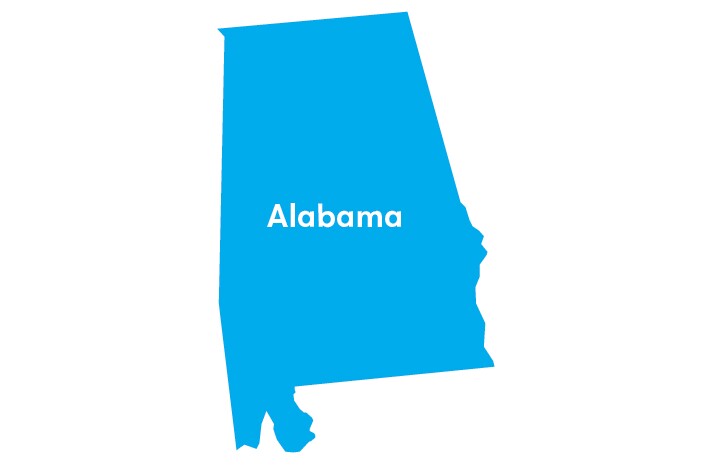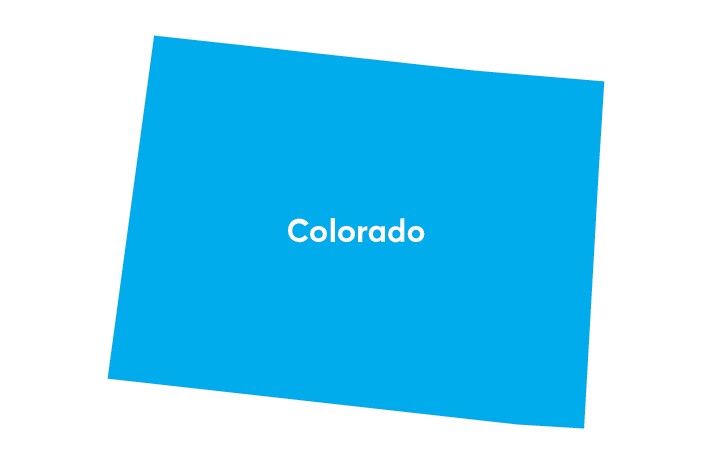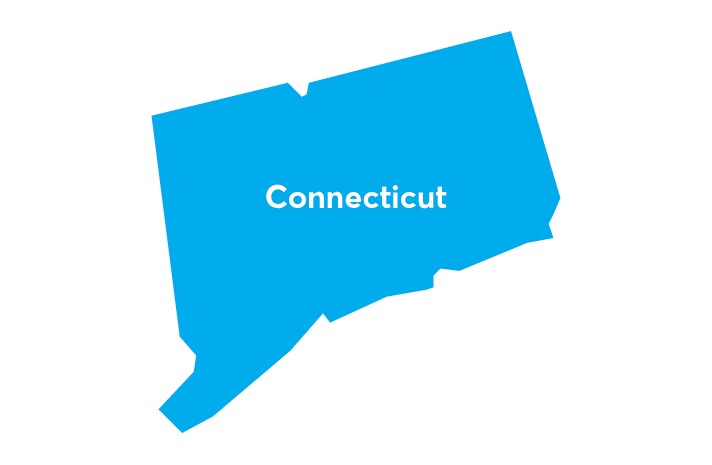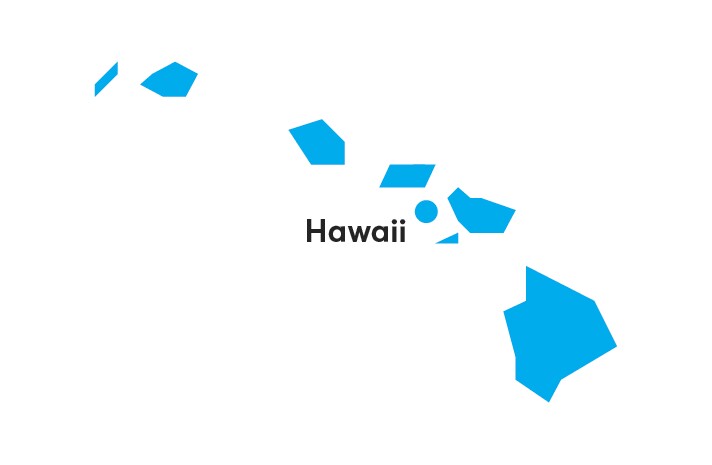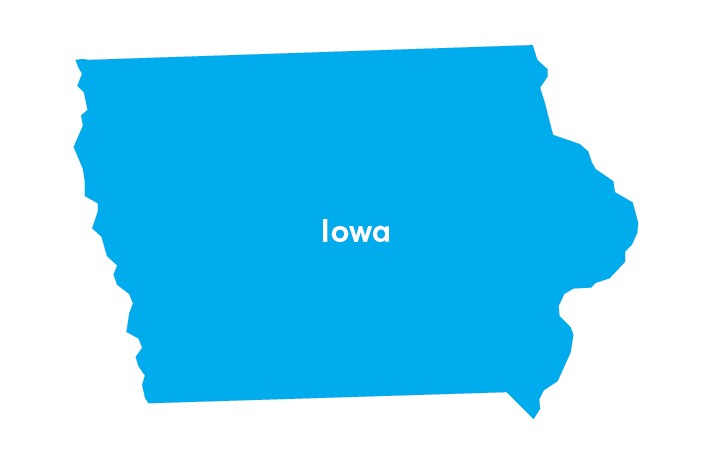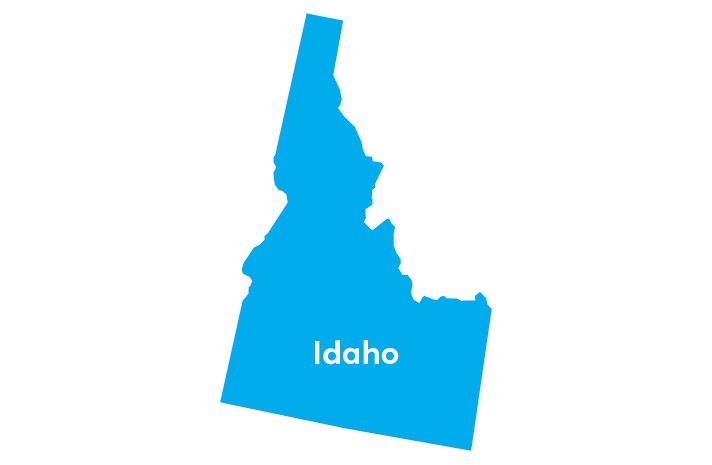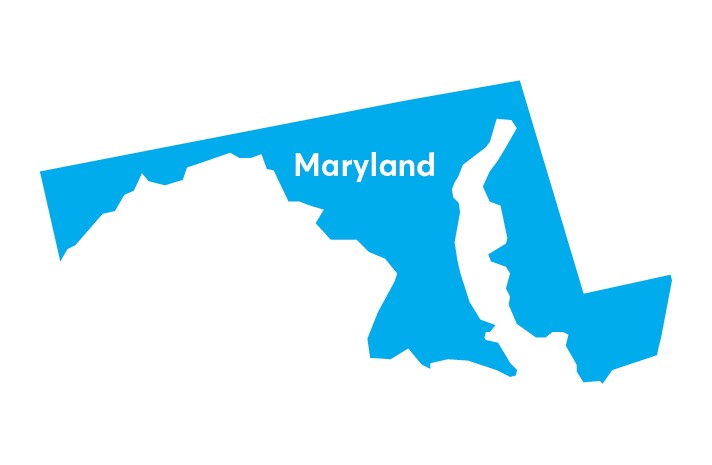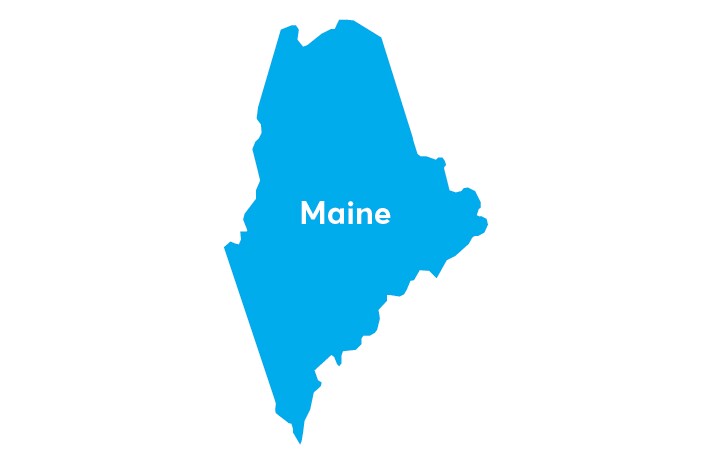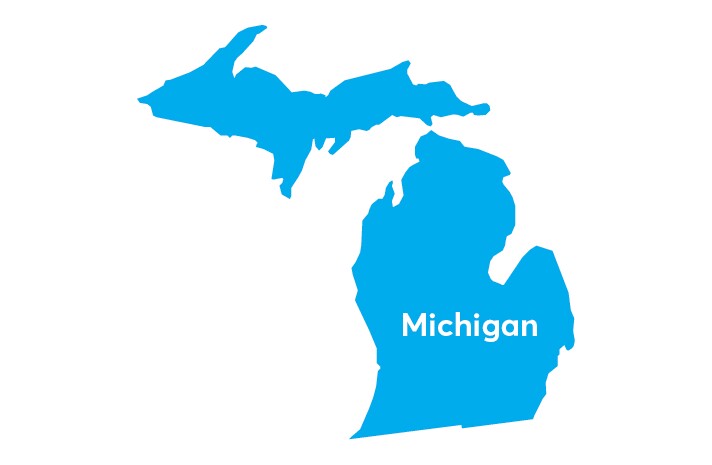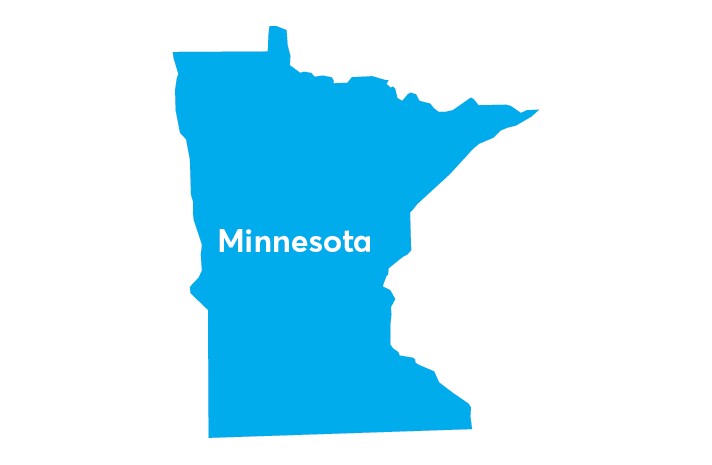There’s approximately $95 billion in fully insured health insurance premium in the U.S. large-groups (100+ employees) market — and there are just a few major carriers who control most of it.
“Bifurcated between the Blue Cross franchises and the big four — Aetna, Kaiser, UnitedHealthcare and Cigna — the Blue Cross franchises control 46% of that $95 billion, and the big four controls 39% of that marketplace,” says miEdge founder and CEO Mark Smith.
Using data from annual Form 5500 Schedule A reporting to the federal government by large-group employers, data analytics firm miEdge ranked the top three carriers in each state based on in-force group health premium, predominantly from the fully insured employer-sponsored healthcare market.
“What it shows is the marketplace is very much controlled by a select few,” says Smith.
Presented in alphabetical order, the listing highlights what the top carriers in each state and the District of Columbia are doing with their significant marketshare. Many are addressing the nation’s opioid crisis, others are investing in their local communities to build access to qualified doctors, nurses and specialty services. Some have recently won awards as top employers and healthcare providers themselves or are undergoing leadership changes with new executives.


